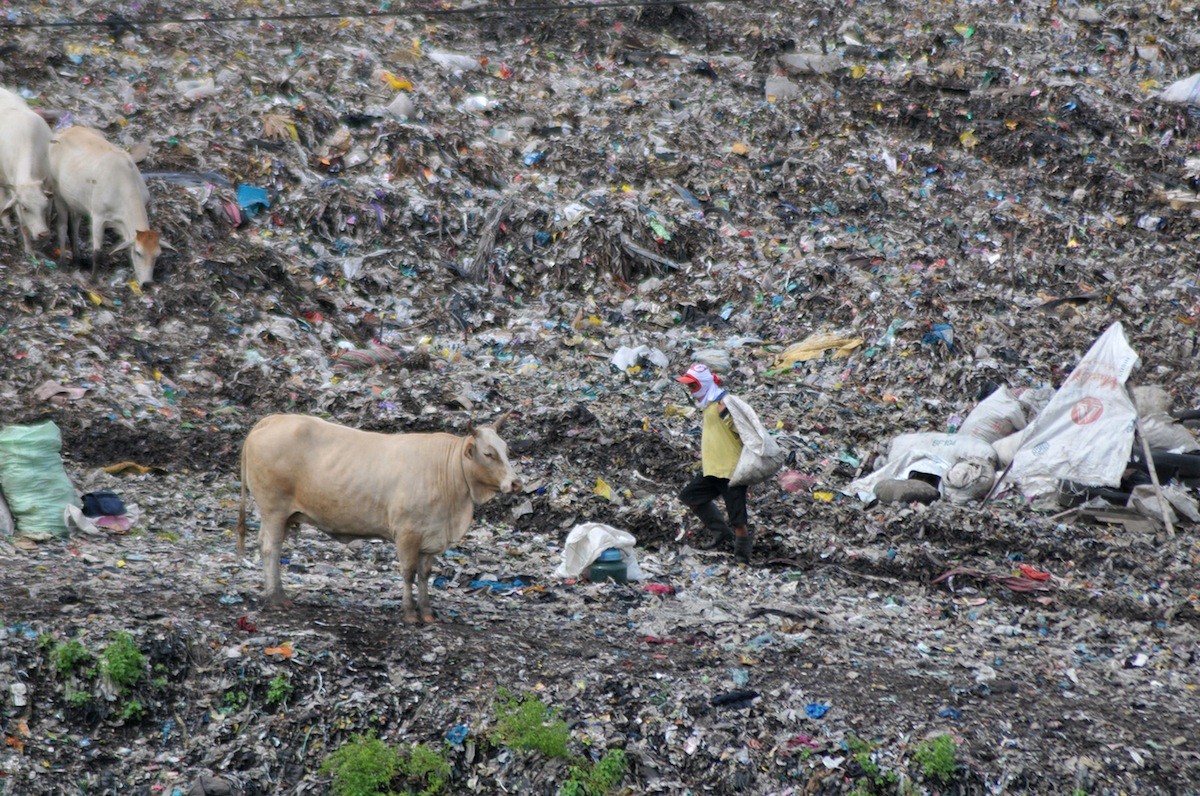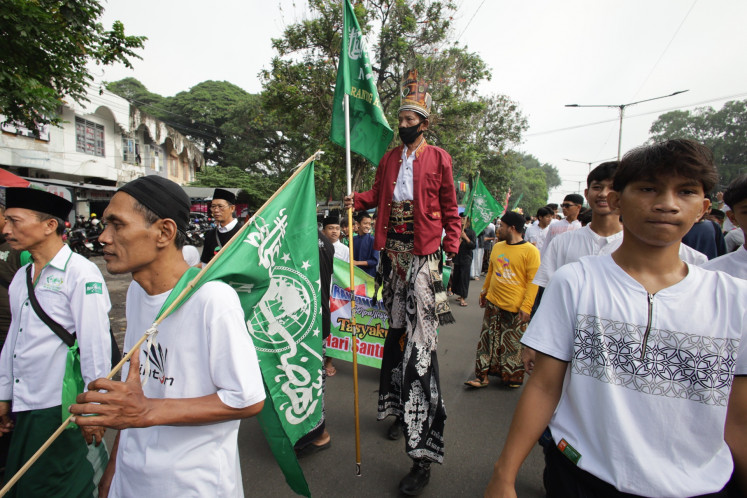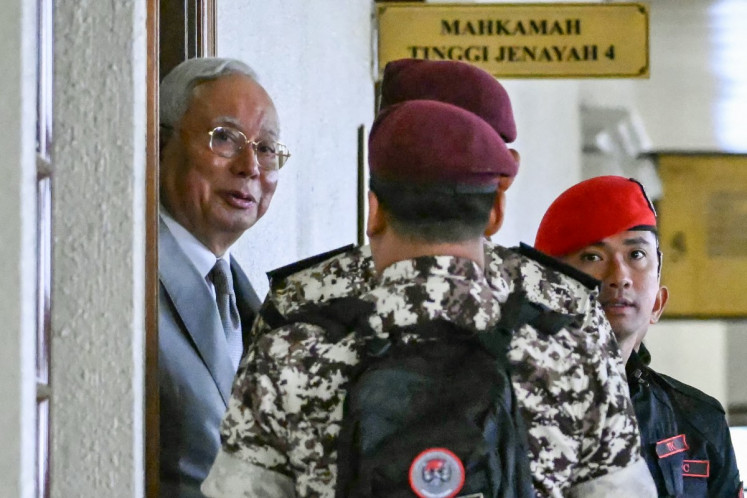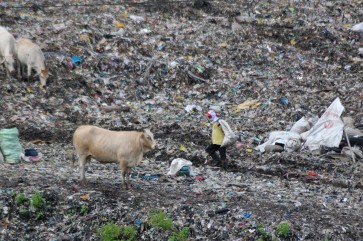Popular Reads
Top Results
Can't find what you're looking for?
View all search resultsPopular Reads
Top Results
Can't find what you're looking for?
View all search resultsCostly, dirty and unfair: Indonesia at crossroads in embracing incinerators
The waste crisis in Indonesia has yet to see the light at the end of the tunnel. Garbage continues to pile up in landfills, while waste plant projects are resisted for environmental and financial drawbacks.
Change text size
Gift Premium Articles
to Anyone
F
ifteen years have passed since an avalanche of waste at Leuwigajah landfill in Cimahi, West Java, killed at least 147 people—a tragedy that was not unheard of in Indonesia, a country that produces 64 million tons of waste annually.
The waste crisis has yet to see the light at the end of the tunnel. Garbage continues to pile up in landfills across the country, many of which will soon run out of capacity.
The Bantar Gebang dumpsite in Bekasi, West Java, which accommodates some 7,500 tons of waste per day from capital Jakarta, is not an exception. It is predicted to reach its maximum capacity of 49 million tons by 2021.
Rather than pushing people to reduce consumption and sort their own waste at home, the government is pinning its hopes on incinerators, also known as waste-to-energy power plants (PLTSa), to solve the problem.
Sluggish progress


















